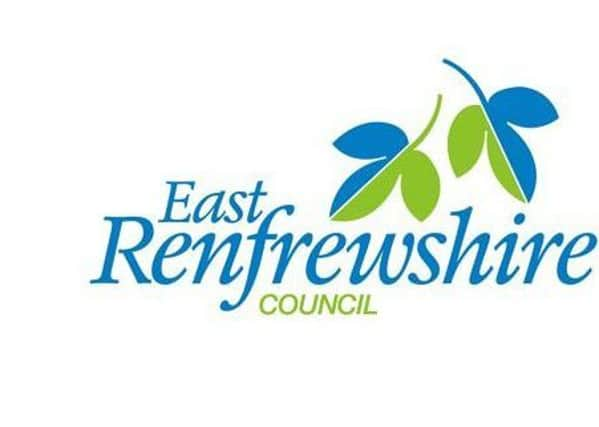Council to slash IT costs


And local authority chiefs are hoping to remove barriers to digital technology for children and the elderly as part of an updated asset management strategy.
This year, £2,884,000 will be spent on refreshing systems in education and social work services, and on overhauling CCTV, security and WiFi.
Advertisement
Hide AdAdvertisement
Hide AdIt is expected that the amount of cash will increase to £2,987,000 in 2020/21 before dropping to £1,980,000 in six years.
A report by the council’s deputy chief executive Caroline Innes said: “With the continued pressure on budgets and expenditure, asset management is a critical tool in ensuring best use is made of available funding.
“In the current financial climate, we must improve the performance of our investment in physical assets over their available life.
“Our focus will now be on how digital technology can improve outcomes for our customers, particularly in big spend areas such as education and social care where the impact of these technologies is only just becoming apparent.
Advertisement
Hide AdAdvertisement
Hide Ad“Our schools need to be at the forefront of digital technology where best practice teaching will be supported by the best practice in digital learning technology.”
In the report, it is revealed that the council’s ICT department currently manages 15,969 digital assets with 650 of those set to be replaced as part of a rolling refreshment programme.
There are 8300 desktop computers and 4510 laptops, with the cost to replace those thought to be around £4.8m.
In local authority-owned buildings there are 2,895 telephone handsets, with 2,593 mobile phones used by staff – with an estimate replacement bill totalling £762,717.
Advertisement
Hide AdAdvertisement
Hide AdAnd the cost of replacing the council’s network equipment, business applications, servers and temperature regulation equipment is £5,685,598.
Ms Innes continued: “East Renfrewshire Council’s vision for ICT asset management is to modernise the way we work as a council by becoming more agile, but also providing our customers with more accessible technology that meets their needs and demands.
“We need to take advantage of new developments in digital health technology to support our ageing population.
“For us as a council, we need to be able to use these new technologies ourselves to gather data, which will provide quicker services and support those of our customers who cannot access digital technology easily.
“To enable agile working we need to remove unnecessary barriers to this in terms of devices, information security and governance.”